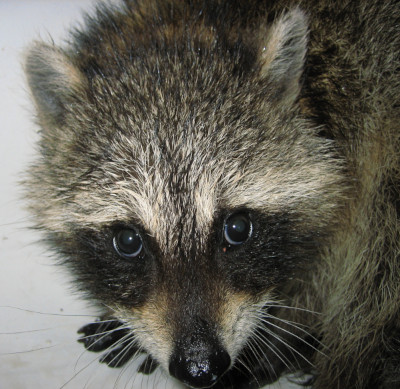5 Signs Of A Pest Infestation In Your Home
Pests can cause homeowners a lot of trouble. Having the critters on your property is no fun. They can cause extensive damage to your home. Different pests are also carriers of different diseases and will put occupants of your property at risk of contracting these harmful diseases.
With a pest infestation, as well as many other things, early detection and intervention are very important. Early detection and intervention are possible when you can tell that the critters are on your property.
It's essential to keep high-traffic areas, bathrooms, janitorial areas, refuse areas, and food preparation areas consistently clean to ensure they stay pest free. Give your cleaning staff a daily cleaning schedule and make sure they follow correct cleaning protocol. They should know which areas can be prone to attracting pests and effective cleaning methods to best keep junk and debris at bay. It's important to keep thorough records of cleaning schedules and pest prevention methods, so you can better understand which methods are effective and which aren't. You should also make sure all your staff know to report any pest issues they notice as soon as possible.

In this article, we highlight five signs of a pest infestation.
Droppings
Droppings are a clear sign of an infestation of different pests. It is natural for pests to produce droppings when they occupy an area. You will find the droppings in the places where they nest.
So, if you suspect a pest infestation, look out for dropping in commonly occupied areas such as basements, attics, and other crawlspaces. Critters like raccoons prefer to occupy high areas like attics.
You can inspect your property for droppings when looking for a general pest infestation or trying to confirm a specific pest infestation. The droppings of smaller rodents will be smaller than that of raccoons. The droppings of insects will, in turn, be smaller than that of rodents.
We should mention that pest droppings are hazardous materials through which they spread diseases. Handle the droppings with the proper safety precautions to prevent contracting diseases.
Chewed materials
Finding chewed materials indoors and outdoors could mean infestations of different pests, from opossums and raccoons that can chew materials outdoors, to rats and mice that chew materials indoors.
You will find the chewed materials in areas of high activity of the critters, such as attics, walls, and behind cabinets. The critters can create fire hazards through their chewing. Get a professional to remove the critters and repair the damage caused.
Strange smells
Pest infestations of homes are associated with strange smells. The smell could come from the rotting food that the critters took to their nests. The smells could also come from their droppings and urine. Another source of strange smells associated with pest infestations is dead animals. The critters could die in their nests and emanate a horrible smell that could make a property inhabitable.
You will notice the smells from the areas that the critters commonly occupy. The smell of dead animals could lead you to the critters' nests.
Nests
The nests of the critters are a standard sign of a pest infestation. The critters will occupy your home and make it their home. They do so by seeking a suitable spot and building their nest with materials such as leaves, pieces of paper, wood, and boxes.
Pests prefer to stay out of the way of their hosts and will nest in hidden areas. Inspect hidden areas including crawlspaces for the nests of the pests. You may find droppings around the nest of the critters.
If you find a pest nest on your property, then you definitely have a pest problem.
Calling an experienced pest exterminator right away can prevent the infestation from spreading and causing further damage. They have the tools and knowledge to safely remove the nest and eliminate the pests at their source.
Tracks and marks
Tracks and marks are signs of a rodent infestation. They leave marks and tracks because they typically travel in the same direction and apply the same route. You will find the tracks and marks close to walls, as rats are known to travel close to walls.
If you suspect a rat infestation, then you should look out for the greasy tracks and marks, which the critters leave behind.
Keeping your home critter-free means knowing when they are around and kicking them out as soon as possible. Looking out for the above signs will help you stay on top of your pest infestation situation.
Published 9/28/21